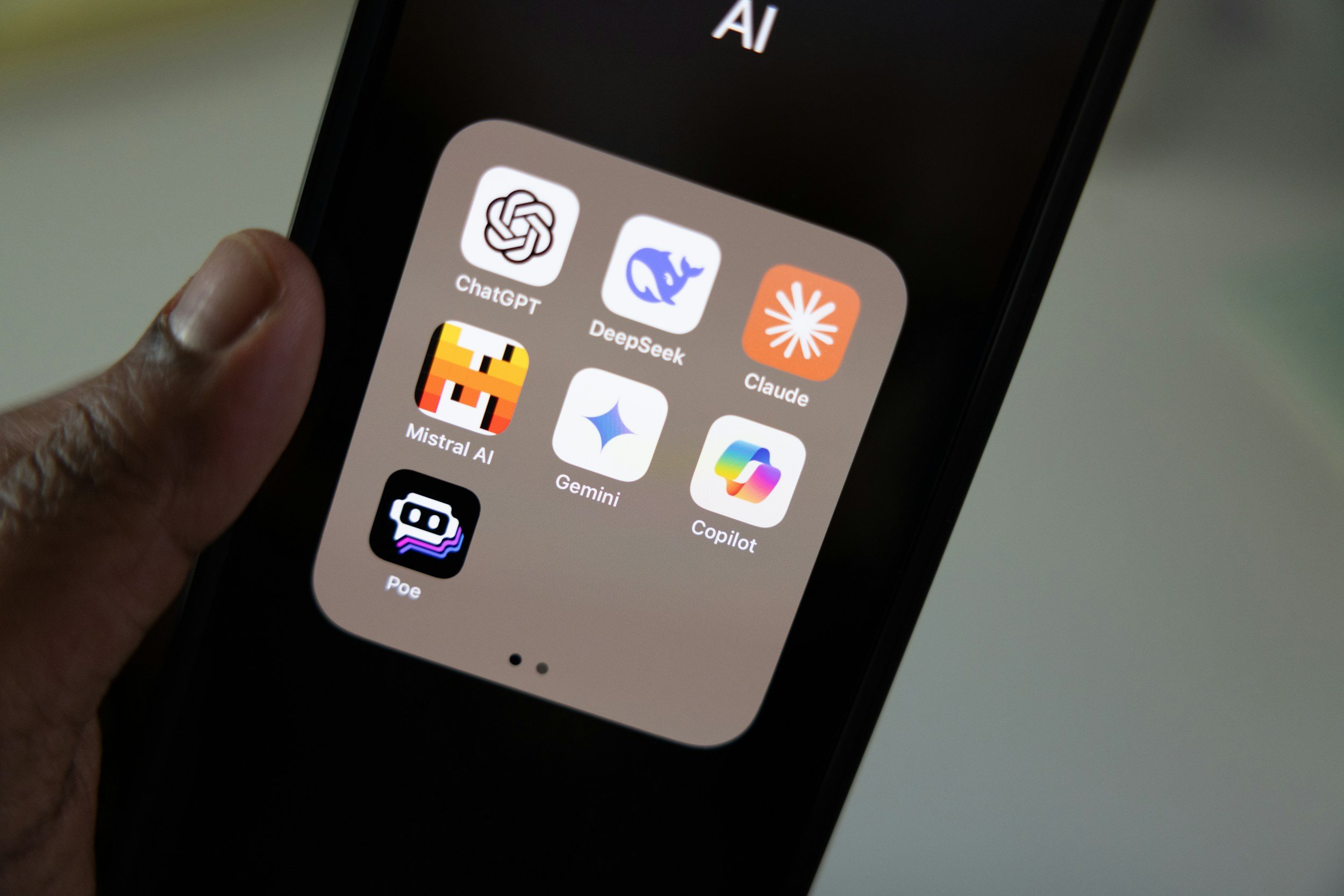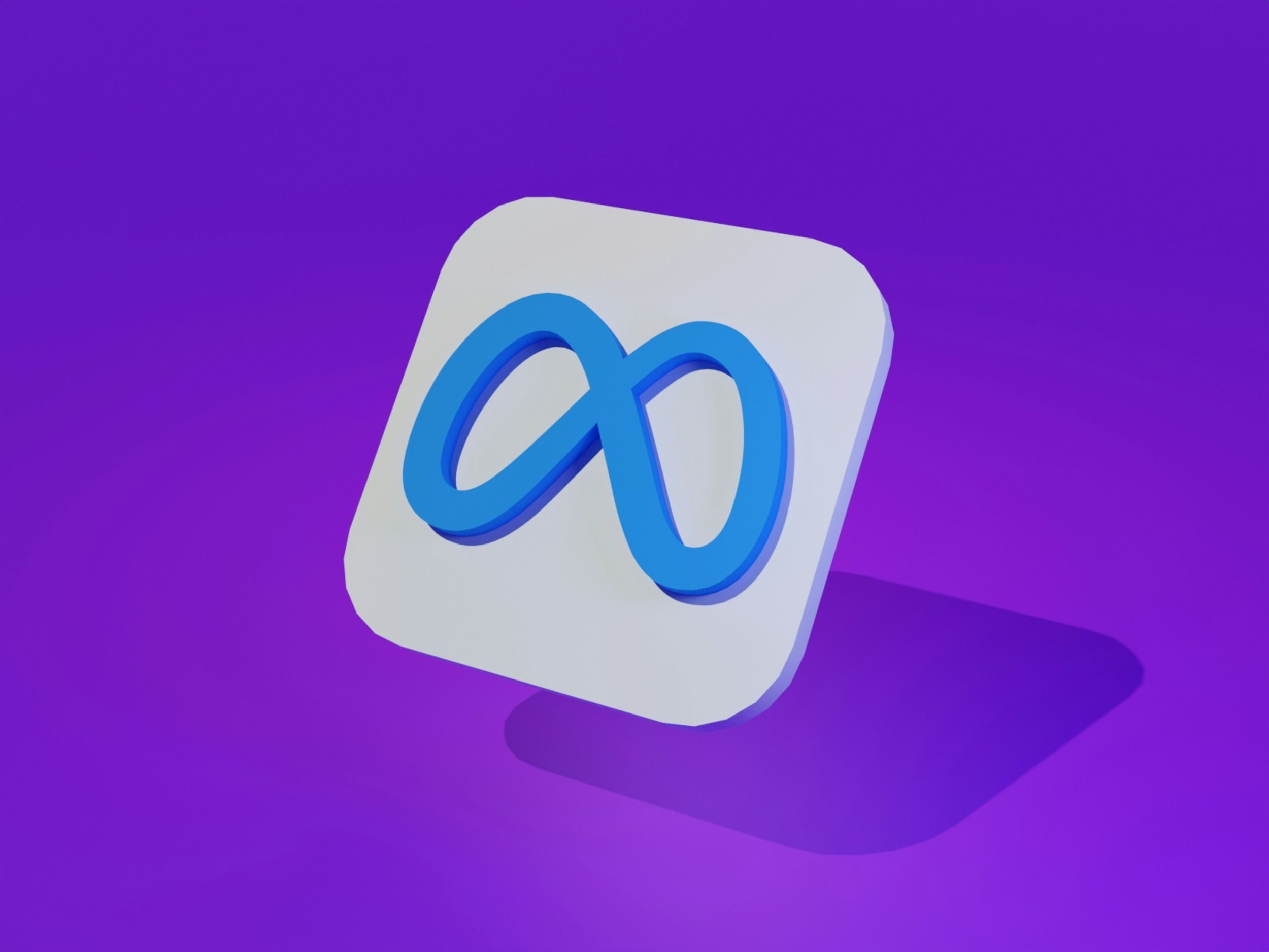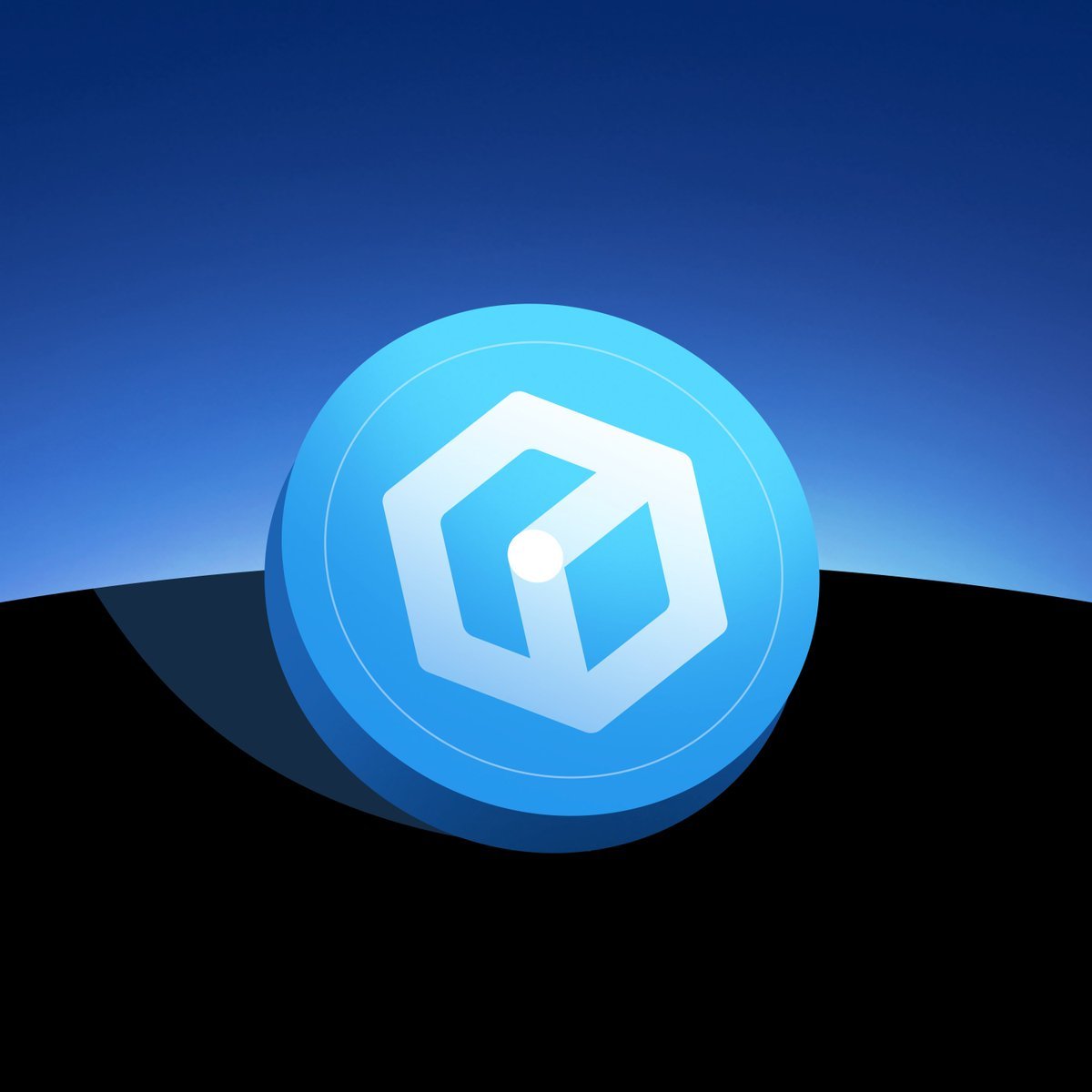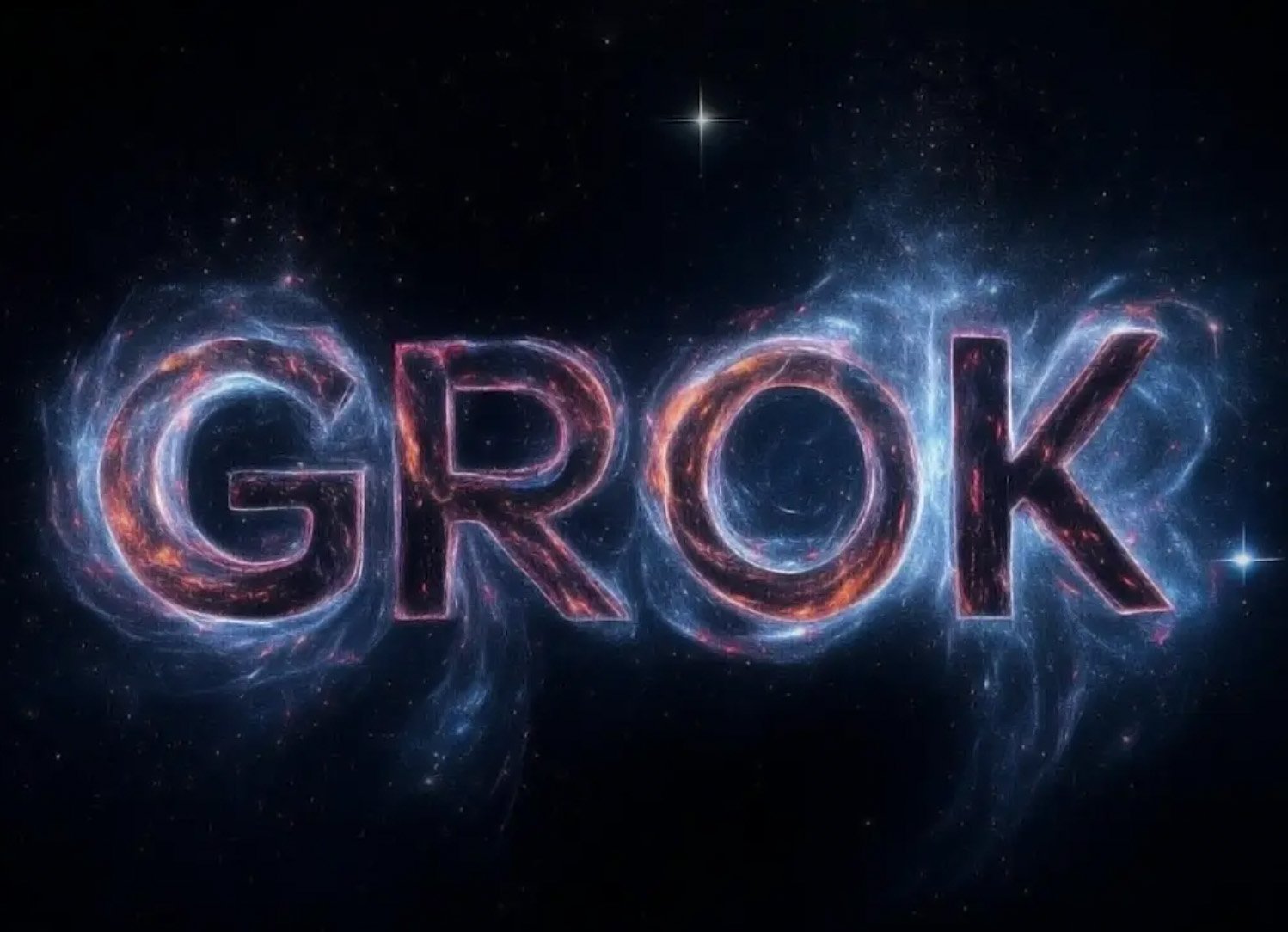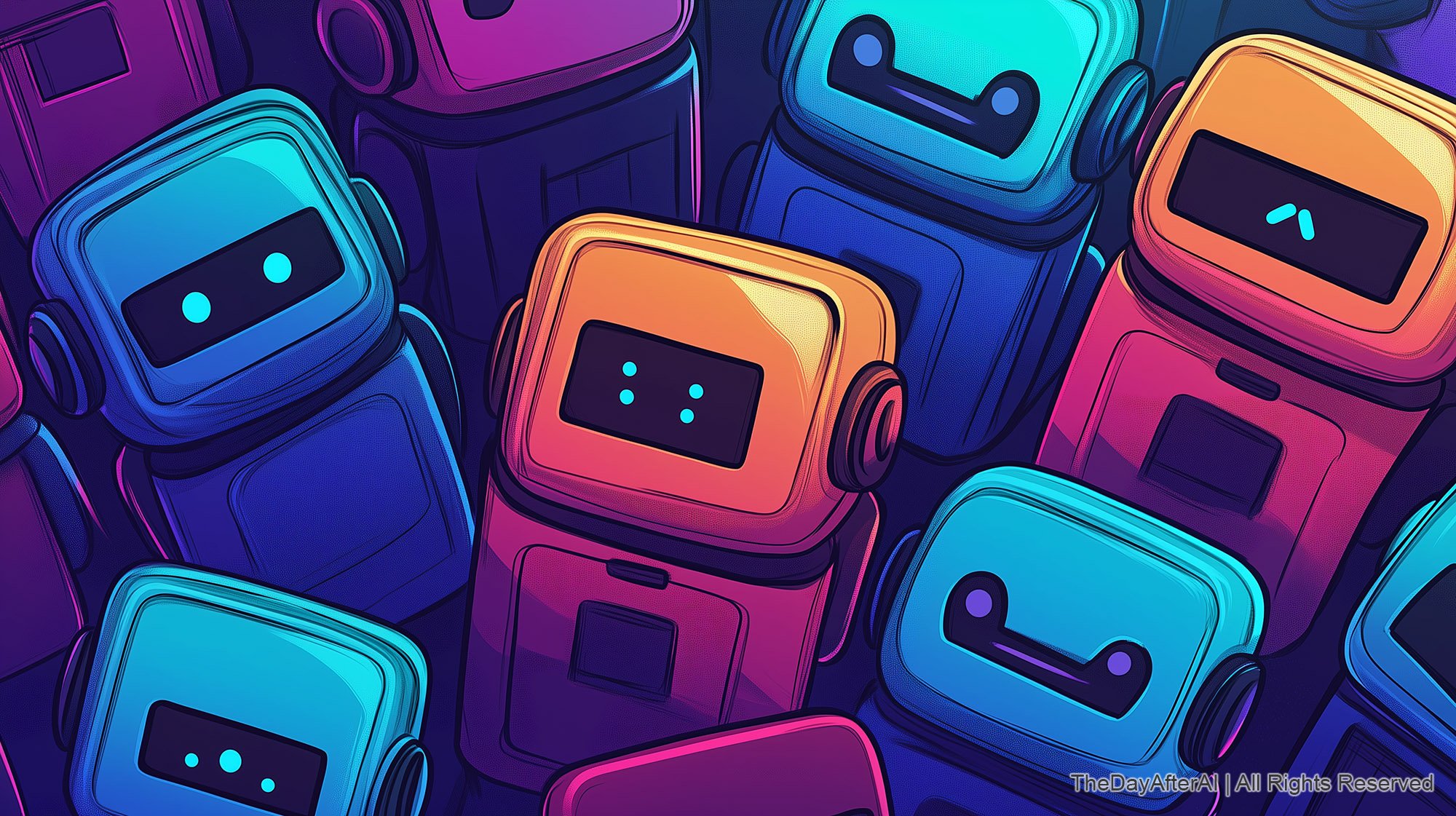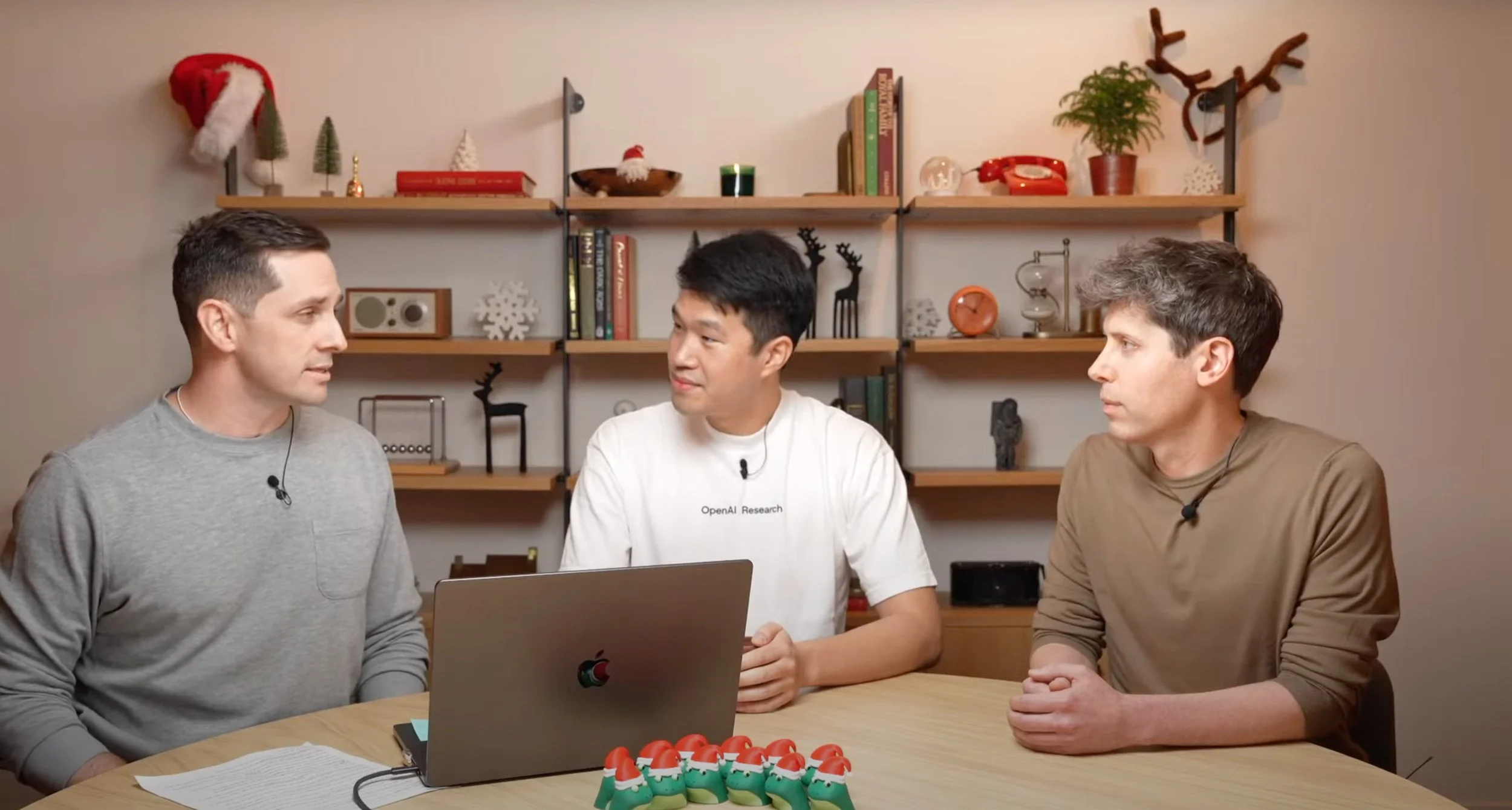OpenAI's 12 Days of AI: Innovations from o1 Model to o3 Preview and Beyond
Image Source: OpenAI
In December 2024, OpenAI conducted its "12 Days of OpenAI" event, unveiling a series of innovations that underscore its commitment to advancing artificial intelligence. Below is a detailed overview of each day's announcement:
Day 1: o1 Model and ChatGPT Pro
OpenAI's recent unveiling of the o1 model marks a significant advancement in artificial intelligence, particularly in enhancing reasoning capabilities. The o1 model employs a "chain of thought" approach, enabling it to process information through a series of intermediate steps before arriving at a conclusion. This method allows the AI to handle complex, multi-step tasks with greater accuracy, making it particularly effective in domains such as advanced mathematics, coding, and scientific analysis. By simulating a human-like step-by-step thinking process, o1 can tackle intricate problems that were previously challenging for AI models.
In conjunction with the o1 model, OpenAI has introduced ChatGPT Pro, a premium subscription service priced at $200 per month. This subscription offers users unlimited access to the o1 model, including the o1 pro mode, which dedicates more computational resources to deliver even more accurate and comprehensive responses for complex queries. Additionally, ChatGPT Pro provides access to other advanced models such as o1-mini and GPT-4o, as well as advanced voice features. This suite of tools is designed to cater to professionals and researchers who require high-level AI capabilities for tasks that demand precision and depth.
[Read More: ChatGPT Pro vs. Plus: Is OpenAI's $200 Plan Worth the Upgrade?]
Day 2: Reinforcement Fine-Tuning Research Program
OpenAI's announcement of the Reinforcement Fine-Tuning (RFT) Research Program aims in aligning AI behaviour with human values and ethical standards. This initiative invites researchers, universities, and enterprises to participate in an alpha phase, providing access to OpenAI's Reinforcement Fine-Tuning API. Participants are encouraged to apply this technique to domain-specific tasks, offering feedback to refine the API ahead of its anticipated public release in early 2025.
Reinforcement Fine-Tuning represents a novel approach that combines principles of reinforcement learning with traditional model fine-tuning. Unlike conventional supervised fine-tuning, which relies on labelled data pairs, RFT enables models to learn from feedback signals indicating the quality or desirability of their outputs. This method allows AI systems to adapt more effectively to complex, domain-specific tasks, enhancing their reasoning processes and performance optimization. By engaging with this research program, participants contribute to the development of AI models that are not only more efficient but also more aligned with human preferences and ethical guidelines, paving the way for responsible AI deployment across various sectors.
[Read More: The Next Leap in AI Reasoning: How Reinforcement Learning Powers OpenAI's o1 Model]
Day 3: Sora – Text-to-Video Model
OpenAI has officially launched Sora, a cutting-edge text-to-video AI model that enables users to generate realistic videos from simple textual descriptions. Initially teased in February 2024, Sora is now accessible to ChatGPT Plus and Pro subscribers, allowing the creation of videos up to 20 seconds in length with resolutions reaching 1080p. Users can input text prompts to generate entirely new content or enhance existing media by animating images and remixing videos. This development represents a significant leap in multimodal AI capabilities, seamlessly integrating textual and visual content creation.
Sora's versatility extends to various aspect ratios, including widescreen, vertical, and square formats, catering to diverse content creation needs across multiple platforms. The model incorporates advanced safety measures, such as visible watermarks and C2PA metadata, to indicate AI-generated content, addressing concerns related to authenticity and misuse. OpenAI has also implemented restrictions to prevent the generation of explicit or violent content and initially limits the depiction of realistic human appearances to a select group of testers to mitigate potential misuse. While currently unavailable in certain regions, including the European Union (EU), the United Kingdom (UK), Switzerland, China, Russia, and North Korea, due to regulatory considerations, OpenAI is actively working to expand Sora's accessibility, aiming to democratize video content creation and empower users with innovative storytelling tools.
[Read More: Cinema's New Frontier: How AI is Transforming Filmmaking]
Day 4: Canvas – Collaborative Workspace
OpenAI has introduced Canvas since October 2024, a groundbreaking feature designed to revolutionize human-AI collaboration in writing and coding tasks. Canvas provides a dedicated workspace that operates alongside the traditional ChatGPT interface, allowing users to engage in complex projects with enhanced flexibility and control. This dual-pane setup enables real-time edits, targeted feedback, and comprehensive revisions, positioning AI as an active partner rather than a mere tool. Users can highlight specific sections of their work to request precise edits or generate suggestions, streamlining workflows and fostering creativity.
One of Canvas's standout features is its advanced coding assistance. Developers can utilize in-line code review, automatic commenting, and code translation between languages, significantly enhancing productivity during software development. The integration of Python execution within the interface allows for real-time code testing and debugging, providing immediate feedback and facilitating efficient problem-solving. Additionally, Canvas supports version control, enabling users to track changes and revert to previous iterations seamlessly.
[Read More: OpenAI Launches ChatGPT-4o with Canvas: A New Era of User Experience]
Day 5: ChatGPT Integration with Apple Intelligence
OpenAI and Apple have collaborated to bring ChatGPT's capabilities to Apple's ecosystem, revolutionizing user interactions across iOS, iPadOS, and macOS devices. This integration enhances Siri's functionality by enabling it to leverage ChatGPT for more comprehensive and context-aware responses. For instance, Siri can process complex questions or assist with tasks like document analysis and photo interpretation, using ChatGPT to deliver detailed and accurate answers. Transparency is a priority, with users being notified whenever their data is shared with ChatGPT, ensuring informed consent.
This integration is a key component of Apple's broader AI initiative, Apple Intelligence, introduced with iOS 18.2 and macOS Sequoia 15.2. Apple Intelligence includes innovative features such as Writing Tools, which provide AI-powered support for rewriting, editing, and proofreading, and the Image Playground app for on-device image creation with customizable styles. These AI-driven tools are designed to enhance productivity and creativity while maintaining user privacy by processing tasks locally or through Apple's Private Cloud Compute for complex operations.
The collaboration utilizes OpenAI's GPT-4o model, which offers advanced AI functionalities to all Apple users. While free access includes a limited number of requests, users can upgrade to ChatGPT Plus directly through device settings for enhanced features, such as increased message limits and priority access to new tools. This tiered approach ensures accessibility for casual users while catering to professionals who require more extensive AI capabilities.
Day 6: Advanced Voice with Video & Santa Mode
OpenAI introduced significant enhancements to ChatGPT's Advanced Voice Mode (AVM), including video communication and screen-sharing capabilities. These features enable users to engage in real-time video conversations and share their screens during interactions with ChatGPT, facilitating more dynamic and interactive experiences. This development is particularly beneficial for professionals and educators, as it supports collaborative tasks, presentations, and troubleshooting within the ChatGPT interface. Currently, these features are available to ChatGPT Plus and Pro subscribers, with plans for broader accessibility in the future.
In addition to these functional upgrades, OpenAI introduced a festive "Santa Mode" to AVM, allowing users to interact with an AI-powered Santa Claus voice. This seasonal feature adds a playful element to user interactions, making it especially appealing for families and children during the holiday season. Santa Mode is accessible across all ChatGPT platforms, including mobile, web, and desktop applications, and can be activated by selecting the Santa voice in settings or by tapping a snowflake icon next to the prompt bar. Conversations in this mode are temporary and not saved in chat history, ensuring privacy. Santa Mode is available globally until early January 2025, providing a limited-time festive experience for users.
[Read More: Navigating the Nuances: OpenAI's Ethical Dilemmas with ChatGPT-4o's Voice Technology]
Day 7: Projects in ChatGPT
OpenAI has introduced a new feature called "Projects" in ChatGPT, designed to help users organize their conversations, files, and custom instructions into dedicated spaces. This enhancement streamlines workflows by allowing users to group related chats and documents, making it easier to manage complex tasks and revisit pertinent information. For instance, a user working on a research paper can create a project to store all related discussions, drafts, and references in one place, facilitating seamless collaboration and efficient information retrieval.
The Projects feature offers customization options, enabling users to assign unique names and colours to each project for easy identification. Additionally, users can set custom instructions within a project to tailor ChatGPT's responses to the specific context of that project. This personalization ensures that the AI's assistance aligns closely with the user's objectives, enhancing productivity. Currently, the Projects feature is available to ChatGPT Plus, Pro, and Team users through the web interface and the Windows desktop app, with plans to extend access to Enterprise and Education accounts in early 2025.
[Read More: Top 10 AI Chatbots You Need to Know in 2025]
Day 8: Enhanced Search Capabilities
OpenAI has significantly enhanced ChatGPT by integrating real-time web search capabilities, enabling it to access up-to-date information beyond its training data (GPT-4 model cutoff: April 2023; GPT-4o model cutoff: October 2023). This integration allows ChatGPT to provide accurate and current responses on topics such as recent news, sports scores, stock prices, and weather updates. By leveraging third-party search providers, including Bing, along with content from various partners, ChatGPT ensures users receive timely and relevant information, enhancing its overall utility.
The search functionality is seamlessly integrated into the ChatGPT interface. For queries requiring the latest information—such as live events or breaking news—ChatGPT automatically initiates a web search to retrieve pertinent data. Users also have the option to manually trigger a search by clicking the web search icon in the interface. This feature is particularly useful for exploring niche topics or verifying information from specific sources, offering a more tailored and interactive experience.
Initially rolled out to ChatGPT Plus and Team users, the real-time search feature is now available across web, desktop, and mobile platforms. OpenAI plans to extend this functionality to all users, including those on the free tier, in the near future.
[Read More: SearchGPT: OpenAI's Bold Step into the AI-Powered Search Engine Arena]
Day 9: Holiday Treats for Developers
OpenAI introduced a suite of enhancements aimed at empowering developers to create more sophisticated AI-driven applications. A significant highlight is the release of the full o1 model via OpenAI's API. Developers can now leverage o1's capabilities to build applications that require intricate reasoning and problem decomposition, thereby enhancing the intelligence and functionality of AI solutions.
In addition to the o1 model, OpenAI unveiled new software development kits (SDKs) for Go and Java, currently available in beta. These SDKs join the existing Python, Node.js, and .NET libraries, broadening the range of programming languages that can seamlessly integrate with OpenAI's models. This expansion enables developers proficient in Go and Java to incorporate advanced AI functionalities into their applications more efficiently, reducing development time and complexity. Furthermore, OpenAI announced real-time API updates, enhancing the responsiveness and performance of AI applications. These updates include support for WebRTC technology, facilitating real-time voice and video interactions within AI applications, thereby improving user engagement and experience.
[Read More: ChatGPT Marks Two Years as Academic Tool: Boosting Productivity Amidst Concerns]
Day 10: 1-800-CHATGPT
OpenAI introduced 1-800-CHATGPT, a toll-free service designed to broaden access to AI assistance. By dialing 1-800-242-8478, users in the United States and Canada can engage in voice conversations with ChatGPT without requiring an internet connection or a user account. This service provides up to 15 minutes of free voice interaction per month, making AI support more accessible to individuals who may lack reliable internet access or prefer voice communication.
In addition to voice calls, OpenAI has extended this service to include messaging via WhatsApp. Users worldwide can send text messages to ChatGPT by adding the number +1-800-242-8478 to their WhatsApp contacts. While the service is free, standard carrier fees may apply, and interactions are subject to monitoring for safety purposes. OpenAI emphasizes that ChatGPT will not initiate contact; users must start the conversation either by calling or messaging.
Interestingly, the concept of a toll-free AI assistance service echoes GOOG-411, a free directory assistance tool launched by Google in 2007. GOOG-411 allowed users to find business information via voice commands, offering a practical service that many found useful. However, its underlying purpose was to collect diverse voice samples to enhance Google's speech recognition technology. At the time, Google VP Marissa Mayer openly stated that the service aimed to gather a wide range of phonemes from various speakers to build a robust speech model. The service was discontinued in 2010, with speculation that Google had achieved its goal of creating a sufficient database for speech recognition.
In contrast, OpenAI's 1-800-CHATGPT takes a different approach. OpenAI explicitly states that it will not use interactions from this service to train its models, prioritizing user privacy and trust. The backbone of this service is the GPT-4o mini model, a streamlined version of GPT-4o, optimized for efficient performance in voice and text communication scenarios.
The service represents a simplified version of ChatGPT compared to its web-based counterpart and offers a “low-cost way to try it out through familiar channels”. Existing users seeking more comprehensive features, higher usage limits, and personalization options are encouraged to continue using their regular ChatGPT accounts through traditional channels.
[Read More: Big News for Tech Enthusiasts in India! Meta Launches AI Chatbot on WhatsApp!]
Day 11: Expanded App Integrations
The updated ChatGPT desktop app now supports integration with popular integrated development environments (IDEs) such as Visual Studio Code (VS Code) and Xcode. This integration allows developers to interact with ChatGPT without leaving their coding environment. For instance, developers can select code within an app like Xcode, pair it with a prompt, and send it directly to ChatGPT for assistance. This feature eliminates the need for cumbersome copy-and-paste actions, enabling more efficient code generation, debugging, and testing processes.
In addition to IDEs, ChatGPT's integration has expanded to include note-taking and coding tools such as Apple Notes, Notion, Quip, and Warp. These integrations facilitate a more cohesive workflow by allowing users to leverage ChatGPT's capabilities across various applications they commonly use.
OpenAI emphasizes that users must grant ChatGPT permission to access these applications, ensuring user control and privacy. This development is part of OpenAI's broader vision to make ChatGPT more "agentic", meaning it can perform tasks beyond simple question-and-answer interactions.
[Read More: Elevate Your Productivity: ChatGPT Integrates with Cloud Storage!]
Day 12: o3 Preview and Call for Safety Researchers
On the final day of its "12 Days of OpenAI" event, OpenAI unveiled a preview of its latest AI model, o3, the successor to the o1 reasoning model introduced in September. Early evaluations indicate that o3 outperforms its predecessor across various technical benchmarks, setting new records in these areas. For instance, it achieved a remarkable 96.7% accuracy on the AIME 2024 mathematical competition, missing just one question, highlighting its proficiency in advanced mathematical problem-solving.
In conjunction with the o3 preview, OpenAI announced the forthcoming release of o3-mini, a more lightweight version of the model designed for specific tasks requiring less computational power. The company has also issued a call for safety and security researchers to apply for early access to these frontier models. Researchers interested in participating can apply for early access until January 10, 2025. OpenAI plans to release o3-mini to the public by the end of January 2025, followed by the full o3 model.
[Read More: OpenAI Unveils o3: Pioneering Reasoning Models Edge Closer to AGI]
Source: OpenAI


